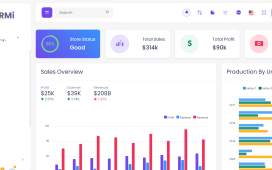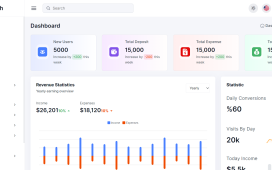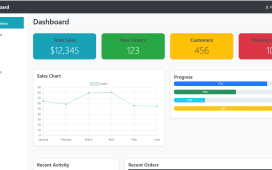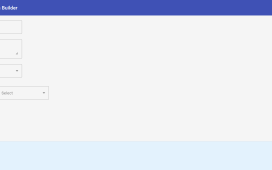To use @ngx-translate in standalone components in Angular 17, you’ll need to follow a series of steps. Angular 17 introduces improved standalone components, directives, and pipes, making it easier to build and test Angular applications without the need for NgModules. This update aligns well with modern development practices and simplifies the development process.
@ngx-translate is a popular internationalization (i18n) library for Angular applications, allowing you to load and use translation files to support multiple languages dynamically. To integrate @ngx-translate with standalone components in Angular 17, you will typically go through installing the package, setting up the translation service, and then using it within your standalone components.
Here’s a step-by-step guide on how to do it:
1. Install @ngx-translate/core and @ngx-translate/http-loader
First, you need to install the core library along with the HTTP loader, which is used to load translation files from a server:
npm install @ngx-translate/core @ngx-translate/http-loader
2. Configure the Translate Module
In Angular 17, you can directly import and configure the TranslateModule in your standalone component without needing to declare it in an NgModule. Here’s how you can do it:
Import the necessary modules:
import { HttpClientModule } from '@angular/common/http';
import { TranslateLoader, TranslateModule, TranslateService } from '@ngx-translate/core';
import { TranslateHttpLoader } from '@ngx-translate/http-loader';
Create a loader function:
This function will tell @ngx-translate how to load translation files. Typically, these files are JSON files stored in your assets folder.
export function HttpLoaderFactory(http: HttpClient) {
return new TranslateHttpLoader(http);
}
Add TranslateModule to your standalone component imports:
When declaring your standalone component, include the TranslateModule in the imports array. Use the .forRoot() method if it’s the root component or .forChild() for child components, providing the loader function as an argument.
@Component({
selector: 'app-root',
standalone: true,
imports: [
HttpClientModule,
TranslateModule.forRoot({
loader: {
provide: TranslateLoader,
useFactory: HttpLoaderFactory,
deps: [HttpClient]
}
})
// Other imports for your component
],
templateUrl: './app.component.html',
styleUrls: ['./app.component.scss']
})
export class AppComponent {
constructor(private translate: TranslateService) {
translate.setDefaultLang('en');
}
switchLanguage(language: string) {
this.translate.use(language);
}
}
In this setup, the AppComponent is configured as a standalone component with @ngx-translate. You need to inject TranslateService in the constructor to set a default language and provide a method to switch languages.
3. Use the Translation Service in Your Component
Now, you can use the translate service in your component’s template to translate texts. For instance:
<h1 translate>HELLO</h1>
<button (click)="switchLanguage('fr')">French</button>
<button (click)="switchLanguage('en')">English</button>
The translate directive is used here to indicate that the content of the <h1> tag should be translated according to the current language selected. The switchLanguage method switches the application’s current language.
Conclusion
By following these steps, you can easily integrate @ngx-translate with standalone components in Angular 17. This setup simplifies managing translations in your Angular applications, making it more straightforward to support multiple languages.







Recent Comments